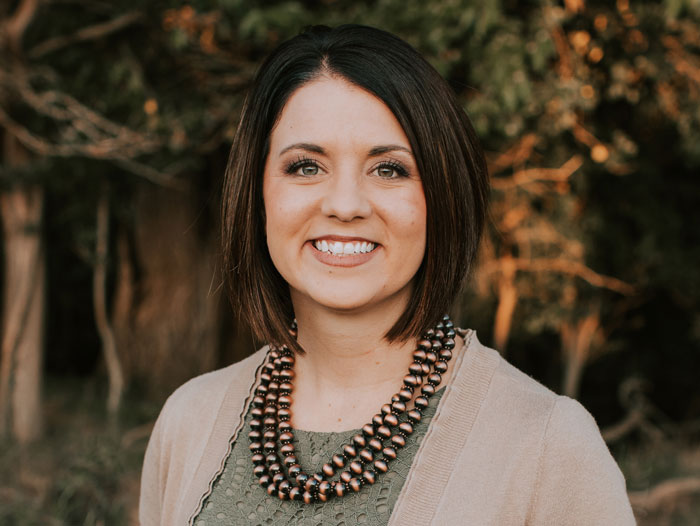Behind The Brand – What Makes the Certified Angus Beef Brand Tick?
December 4, 2020 | 4 min to read

On the outside, clocks look simple. But the plain cover hides the famously complex yet dependable system of gears and circuitry known as clockwork. It’s a lot of production for an effective tool. The Certified Angus Beef ® (CAB®) brand can look like that. A company working for cattlemen and women, driving demand for high-quality cattle through great eating experiences. But what complex system behind the scenes makes it work?
Kara Lee, assistant director of producer engagement for the brand, answered such questions at the November webinar, “Getting to know the Certified Angus Beef brand.”
She began with the roots, established more than 42 years ago by Angus breeders who believed they had to do better: “Better in terms of raising high-quality cattle that meet consumer expectations, and better in terms of offering the consumer a higher level of confidence that they can receive something that meets their consistent quality expectations every single time.”
The only beef brand owned and operated by the American Angus Association, Lee said all funding for the extensive global program comes from packer commissions, paid because they can sell the branded products for more.
“The way that we build demand is by ultimately meeting our brand promise to consumers—and our licensees who serve them—by having a consistent premium product every single time,” she said.
The brand is unique, Lee added, because it owns neither beef nor cattle. It can’t buy cattle or have any involvement in the price structure or determining who cattlemen sell to.
Demand, then, is built by the created, pull-through model by which consumers seek the brand by name and consistently have the same great eating experience.
Which makes brand integrity the key to the clock.
Lee said the brand is also unique in tracking every pound from packing plant to those who sell to consumers. “We make sure that at no point along the way is any distributor, processor, retailer or restaurant selling more product than they’re buying.”
Surveys show 95% of consumers recognize the logo and associate it with quality, she said. By licensing and auditing packing plants, retailers, distributors and restaurants, the brand makes sure that perception stays true. Research even shows a willingness to drive a little farther for a grocery store or restaurant where they can buy beef with the CAB brand.
“When the consumer recognizes our logo and affiliates it with quality, we are able to achieve our overall mission statement, which is all about increasing that demand for registered Angus cattle through the specification-based program,” Lee said. “While many pieces in this beef supply chain can feel very segmented, we know they’re all very directly tied together in achieving that overall mission.”
Despite 2020’s struggles, the brand surpassed sales of a billion pounds for the fifth year in a row. Demand, indeed.
But how do cattle make it into the brand? With Rolex level precision.
First, Lee noted “Angus” in-and-of-itself it not a guaranteed quality level. More than 70 other brands of USDA-certified programs use the Angus word, all of which run the spectrum of quality from lowest to highest.
Only about 3 in 10 Angus-influenced cattle meet all of CAB’s science-based standards. That’s why, Lee said, the brand vigilantly protects its three-word name.
“Just talking about Angus beef isn’t good enough for the customer today, so it can’t be good enough for us as a program,” Lee said.
The initial threshold to qualification is simply Angus influence with black hide behind the shoulder, above the flank and in front of the tail head. But no cattle earn the brand before that hide comes off, she said, and each one is evaluated by that USDA grader for all 10 carcass specifications.
Of all the Angus-identified cattle, only about 35% make the cut. The four biggest disqualifiers are not enough marbling, out-of-range ribeye size or carcass weight, and back fat thickness of more than an inch.
Of those four, 92% fail for lack of marbling. If that term seems like a consistent talking point, Lee said that’s why.
“It’s not because we believe in single-trait selection. We know that you have a lot of different traits that are very important to both a registered or commercial cow herd,” she said. “The reason we talk about marbling so much is because it’s the number one place where there’s money left on the table because a producer missed out on their Certified Angus Beef premiums from not having enough.”
The good news is, about 40% of what influences marbling is based on genetics, Lee said.
Beyond that, what happens on the ranch and at the feedlot greatly influences how consumers respond to it.
“What all of this ultimately boils down to is, quality pays,” Lee said. “There is a message that has been clearly sent from consumers to producers today, that high-quality beef is worth more to them and they’re willing to pay more for it.”
Premium genetics and management need premium marketing. That’s why the brand will host a second webinar on January 21 tackling grid marketing, retained ownership and how to use information to make better decisions. To learn more and register for that virtual program, visit cabcattle.com/webinars.
